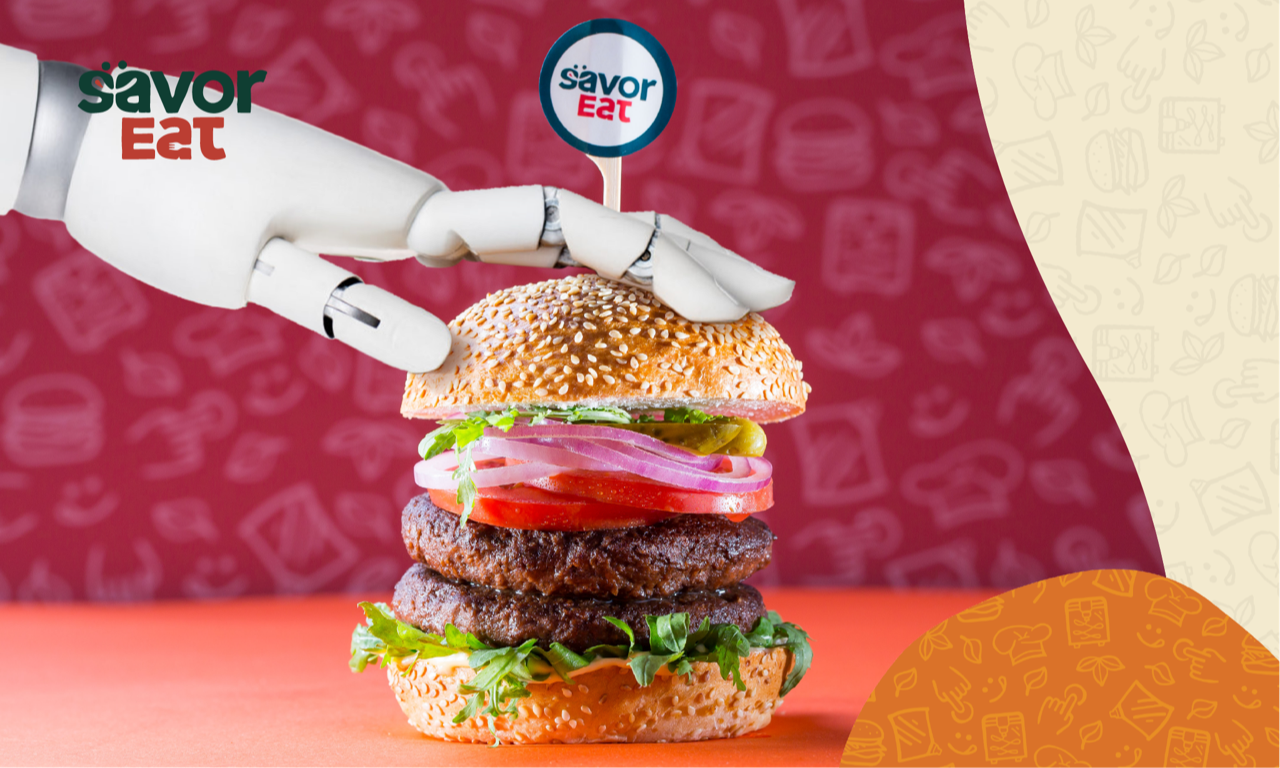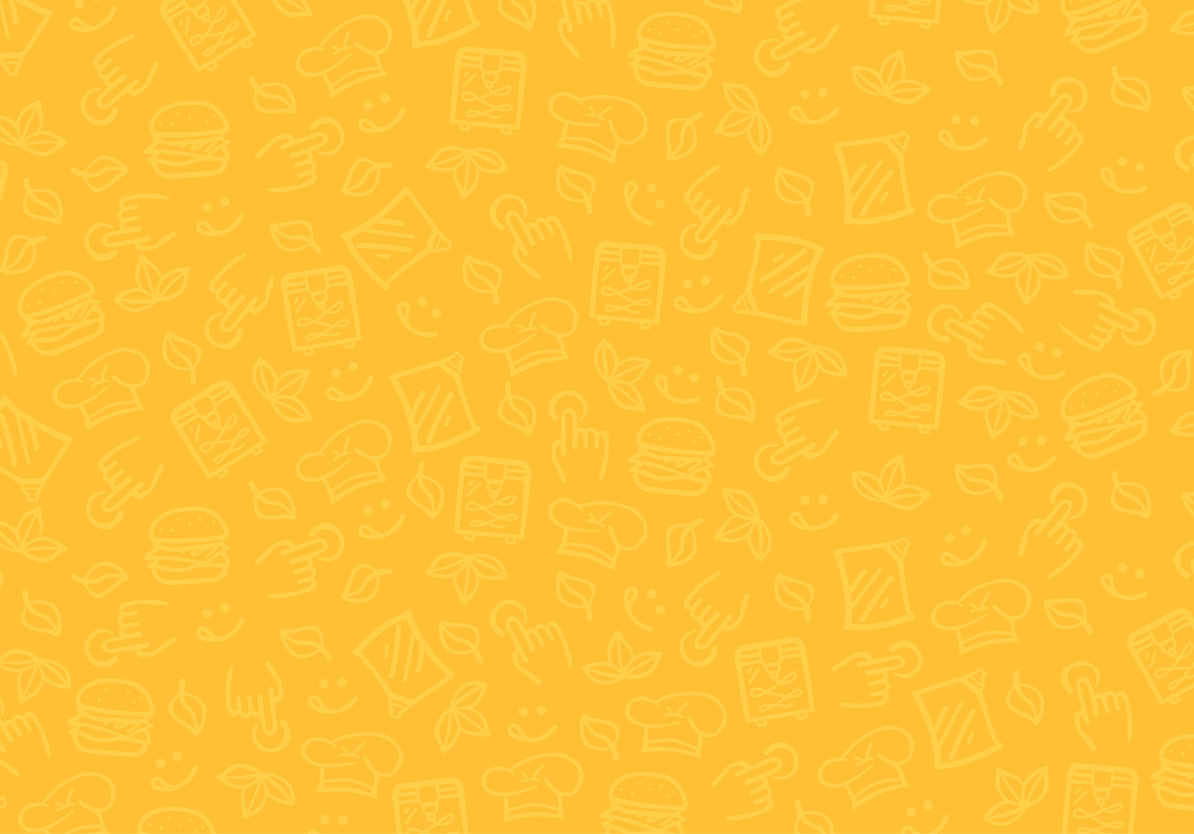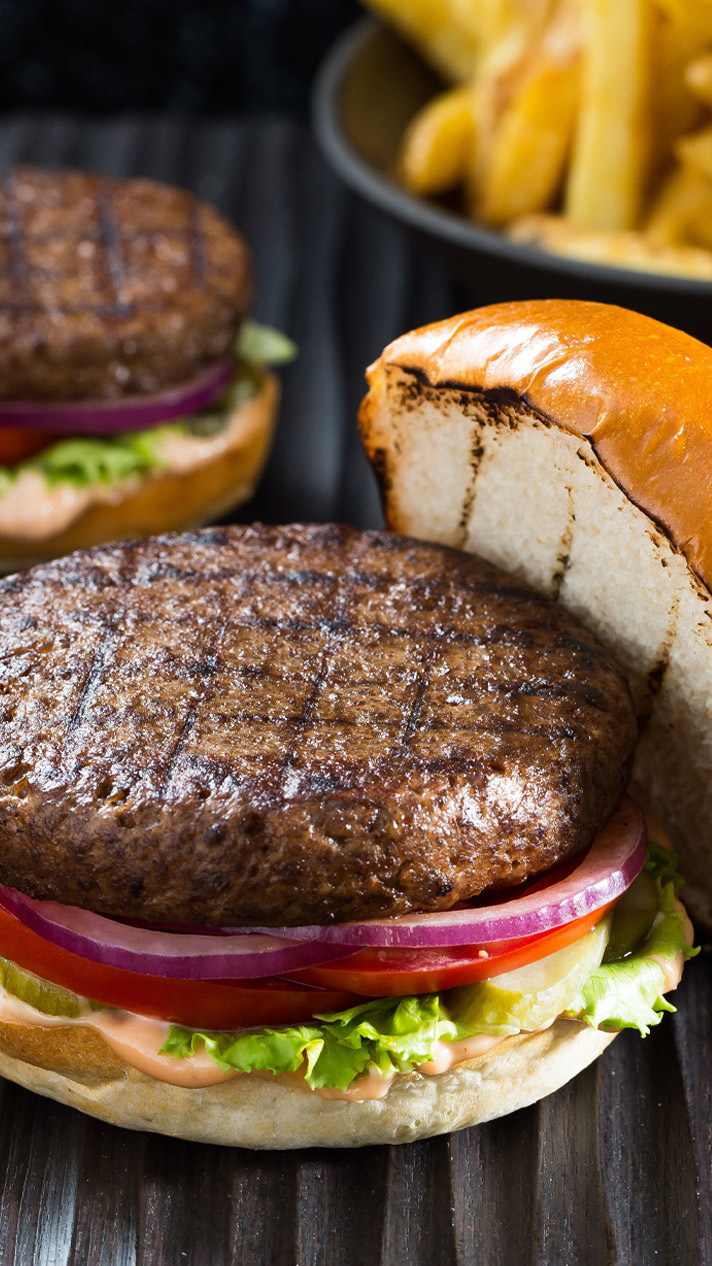You have heard about 3D printing, and you have heard all there is to know about food, but 3D food printing? Yes, it is real, and yes, it is transforming traditional restaurant kitchens across the globe.
3D printing of food is a revolutionary technology changing how we think about food production and consumption. With the ability to print complex shapes and designs, this technology is paving the way toward new and exciting food experiences.
This article will explore all you need to know about the 3D printing of food and why it’s worth investing in.

What is 3D Food Printing?
If you are new to the concept of printing food, you may wonder how it could work.
3D food printing is a technology that uses a 3D printer to create food in various shapes and designs. The process involves using edible materials, such as dough, chocolate, or pureed fruits and vegetables, as the “ink” in the printer. These materials are then extruded through a nozzle to create the desired shape or design.
3D food printing typically starts with creating a digital design or model of the food item to be printed. This design is then loaded into the 3D printer, which uses various techniques to create the food item layer by layer.
One popular method of 3D food printing is derived from the same plastic printing method. Traditional material-based 3D printing uses Fused Deposition Modeling (FDM). This method uses a heated nozzle that can melt various materials and extrude them precisely to create the desired shape. Food printing works using the same concept. However, the building material is replaced by edible products such as dough, chocolate, cheese, sauces, minced meat, etc.
Another method is called Binder Jetting, which uses an edible binding agent’s droplets to combine layers of edible powder, such as sugar or chocolate, to create 3D-printed dishes. Binder Jetting can also be used with non-edible materials such as sand, metals, ceramics, and even recycled garbage!
A Brief History of 3D Food Printing
3D food printing is a relatively new technology that has been under development for several decades. The first well-known food printing device was used in the early noughties and used chocolate, cheese, and cookie dough. However, it wasn’t until the mid-to-late 2000s that the technology began to gain traction and become more widely available, and companies started to try experimenting with a wider range of foods.
In the early days of 3D food printing, the technology was primarily used for research and development in space food. Cornell University’s Mechanical and Aerospace Engineering Team established the first open-source multi-material 3D printer in 2006. NASA began experimenting with 3D food printing in 2013 to provide astronauts with food options while in space.
As the technology developed, it began to be used in other applications, such as in the medical field to create customized meals for patients with swallowing or digestion problems, and of course, the culinary field, where chefs and food manufacturers started experimenting with 3D printing to create unique and visually stunning dishes.
In recent years, the technology has advanced significantly. There are now several companies producing 3D food printers for commercial use, with SavorEat providing customizable 3D food printing options for restaurants, airlines, military bases, and private events.
Today, 3D food printing is an exciting and rapidly-evolving field with many potential applications in the food industry. From personalized meals to intricate designs and sustainable options, this technology is pioneering the future of food, and the future tastes amazing!
Foods That Can Be Printed
What foods can 3D printers print? Traditionally, food printers started with deserts, as chocolate and dough are perfect for the process as they have a viscous consistency.
However, 3D printers have evolved to work with more complex materials and shapes. Key ingredients and foods commonly used in 3D Food printing include:
- Pasta
- Pizza
- Mashed potato products
- Frostings and icing
- Raw meats
- Pancakes
- Luxury Chocolates
- Cakes
- Anything you can imagine that can be turned into a paste, gel, powder, or liquid
Vegetables can also be 3D printed, but because of their high water content, they have to be combined with edible binding agents. This is the perfect solution for delivering highly nutritional meals to elderly care home patients that have difficulty chewing food.
Benefits of 3D Food Printing
One of the main advantages of 3D printing food is the ability to create customized, personalized meals for any occasion. However, there are many additional advantages to 3D Food printing that may be more important but less obvious.
Safer Eating
3D Food printing allows chefs and manufacturers to create unique dishes tailored to individual dietary needs and preferences, resulting in cleaner, safer eating for your guests. For example, a person with food allergies can have a meal specifically designed for their needs without compromising on taste or presentation.
Perfect Presentation
Another benefit of 3D printing food is its ability to create intricate shapes and designs. This technology can create food sculptures, architectural designs, and even complex shapes such as gears and cogs.
This opens up a whole new world of possibilities for the food industry, with chefs and manufacturers able to create visually stunning dishes that are sure to impress.
Simple and Sustainable
In terms of sustainability, 3D printing of food offers several advantages. The technology produces less food waste and materials than traditional methods, making it a more environmentally friendly option.
Additionally, 3D printing can use alternative ingredients, such as plant-based or lab-grown materials, which can help reduce the environmental impact of food production.
Cost-Cutting
Last but certainly not least, 3D printing food offers key benefits in terms of cost and efficiency. It can help streamline the food production process, reducing the need for manual labor and increasing output. As mentioned previously, 3D printing can help reduce food waste by creating precise amounts of food, reducing the need for overproduction.
The Cons of 3D Food Printing
Every story has two sides, and 3D food printing is no exception. Although 3D food printing does have its limitations, the positives outweigh the negatives, depending on their use and setting.
Limited Shelf Life
3D-printed foods do not tend to last as long as regular food when stored. This is due to how the food is structured — it deteriorates differently from non-printed foods, and the degradation process is usually shorter.
However, this is a non-issue for fast-casual dining, where the food is made to order, picked up right away, piping hot, and with zero waste.
Not Home-Friendly
It is essential to consider that 3D food printers are sizeable devices. While relatively easy to use, 3D food printers require trained staff and dedicated operational space.
So, think again before you begin daydreaming of your own home-based 3D food printer. The technology is still a little way off from producing ‘home’ or ‘portable’ varieties, but hey, they said the same about telephones, and look at us now!
The Future of 3D Food Printing
3D printing of food is a technology that offers a wide range of benefits for both consumers and the food industry. From personalized meals to intricate designs and sustainable options, they have the potential to change the way we think about and experience food.
With the potential to improve efficiency, reduce waste and create new and exciting food experiences, investing in food technology is worth considering if you want to place your business at the cutting edge of food innovation.
According to Allied Market Research, global 3D food printing is expected to reach a value of $ 15.1 billion by 2031, with a compound annual growth rate of 52.8%. In a nutshell, the future of 3D food printing appears bright and very tasty!
As well as space missions, 3D food printing has become especially popular in developing markets because of its cost and resource-saving utility. Most experts agree that 3D food printing is set to only become faster and cheaper as development cycles continue.
The list goes on for the possibilities in this space. As 3D food printers continue to handle a wider range of materials, some experts believe they will become as common as microwave ovens in the near future.
So if you are interested in lowering costs, and producing cleaner, safer food while providing a bespoke dining experience to your customers, contact the SavorEat team and begin cooking up innovation in your kitchen!




